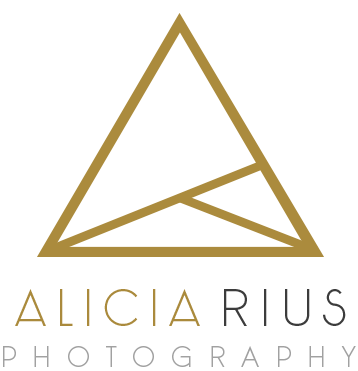Real estate photography is crucial for engaging potential buyers and showing possessions. It is vital for making a strong first impression, whether selling or renting products. First-rate images can make a property more interesting and attract potential buyers or lodgers.
However, there are common slipups that many real estate photographers, specifically beginners, make that can weaken a property’s value. In this blog post, I’ll discuss some public real estate photography blunders and offer tips on how to avoid them. As you refine your skills, contemplate professional resources like Optica Photo, which can provide other insights and tools to elevate your real estate photography. If your amazing man like that, you pay for every little thing, and your priority is quality, then you may create amazing images that can sell quickly. It could be an effective real estate project for you.
Good property photos are now a necessity, not a luxury, in today's competitive real estate market. At Multi-Focus Media, we’ve perceived firsthand how professional real estate taking photos can make or break a listing.
Common Mistakes and How to Avoid
Here, we explained some common slipups and also discussed how to avoid them:
1. Poor Lights:
Lighting is the foundation stone of great photography, especially in a real domain. Poor lighting can make spaces appear small, dark, and disgusting—the opposite of what you want to reach.
How to avoid:
Utilize natural light whenever possible. Open curtains and blinds to let in sunlight.
For interior shots, contemplate using an off-camera flash to balance indoor and outdoor light.
Schedule shoots all through optimal daylight hours, typically mid-morning or normal afternoon.
At Multi-Focus Media, we always assess the good's orientation and schedule our shoots accordingly to capture the best light.
2. Jumbled Spaces:
A cluttered room befuddles potential buyers from the property’s features and can make spaces appear smaller.
How to avoid:
Advise homeowners to declutter before the shoot.
Remove personal items and spare furniture.
Virtual presentations should be considered to display the potential of blank rooms if necessary.
3. Incorrect use of inclusive-angle lenses:
While wide-angle lenses are excessive for capturing entire rooms, overuse can lead to distorted perspectives that distort the property.
How to avoid:
Use wide-angle lenses thoughtfully, typically in the 16-24mm range for a full-frame TV camera.
Correct lens falsification in post-processing.
For more accurate images, consider creating virtual tours or 360-degree metaphors.
4. Neglecting Outward Shots
The exterior is the first thing potential customers see, both online and in person. Overlooking these shots can significantly impact a catalog’s appeal.
How to avoid:
Capture the goods from multiple angles, including the front, backbone, and sides.
Utilize drones to take photographs for aerial shots that showcase the belongings' surroundings.
Don’t forget about sunset shots, which can add a magical touch to peripheral images.
At Multi-Focus Media, we offer all-inclusive drone photography services to certify your listing stands out.
5. Poor Structure and Framing:
Poorly serene shots can make rooms appear awkward or fail to highlight a good's best features.
How to avoid:
Use the decree of thirds to create balanced, appealing alignments.
Shoot from corners to take full advantage of the sense of space.
Certify vertical lines (like doorcases and windows) are straight.
Highlight unique architectural features or selling arguments of the property.
6. Inconsistent Double Quality:
Mixing first-rate images with low-quality ones can create a jarring skill for potential buyers browsing a listing.
How to avoid:
Use constant camera settings throughout the shoot.
Ensure all metaphors are properly visible and in focus.
Maintain a dependable style in post-processing.
Only deliver your best shots—quality over quantity.
7. Overlooking Central Details:
Small details can make a big modification in how a property is perceived.
How to avoid:
Ensure all fairy lights are on and functioning.
Close toilet lids in restroom shots.
Straighten curtains, throws, and pillows.
Remove seasonal garlands that might date the photos.
8. Imprecision in Furniture Arrangements
How furniture is arranged in a room can critically impact how appealing and spacious it looks in photos. Poor or inconsiderate arrangements can make a room feel cluttered, closed, or awkward, detracting from its overall request and functionality.
How to avoid:
Before taking any photos, plan a furniture layout that best uses the room's space and flow. Arrange pieces to highlight the part of the building's focal points, such as a fireplace or large windows.
Less is more in real estate photography. If in attendance is too much furniture, take away some pieces to open up the space and create a cleaner, more systematized look.
Arrange furniture together and symmetrically to create a tuneful and inviting feel. Ensure there’s enough space to walk around and that the furniture placement enhances the building's overall strategy.
Conclusion
Mastering real parkland photography is essential for creating captivating listings that attract potential buyers. Photographers can increase the appeal of any property by avoiding joint mistakes such as poor lighting and improper TV camera angles, inconsiderate furniture travel, and overediting.
